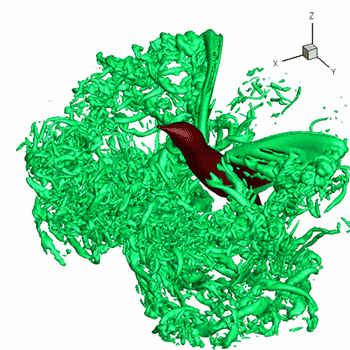How do you factor completely x^3-x^2-7x+3 ?
2 Answers
Explanation:
To factor this expression, first list all the possible rational zeros.
The possible rational zeros are the factors of the constant
Next, pick one of the possible rational zeros and test it with synthetic division. If the remainder is zero, it is a zero of the equation. If the possible rational zero is c, the factor is
I will test
The remainder is
The results of synthetic division are the coefficients of the polynomial quotient of the division of polynomials listed above.
This polynomial is not factorable. So
Explanation:
f(x) = x^3-x^2-7x+3
By the rational roots theorem, any rational zeros of
That means that the only possible rational zeros are:
+-1, +-3
We find:
f(3) = 27-9-21+3 = 0
So
x^3-x^2-7x+3 = (x-3)(x^2+2x-1)
The remaining quadratic can be factored using irrational coefficients by completing the square and using the difference of squares identity:
a^2-b^2 = (a-b)(a+b)
with
x^2+2x-1 = x^2+2x+1-2
color(white)(x^2+2x-1) = (x+1)^2-(sqrt(2))^2
color(white)(x^2+2x-1) = ((x+1)-sqrt(2))((x+1)+sqrt(2))
color(white)(x^2+2x-1) = (x+1-sqrt(2))(x+1+sqrt(2))
Putting it all together:
x^3-x^2-7x+3 = (x-3)(x+1-sqrt(2))(x+1+sqrt(2))


